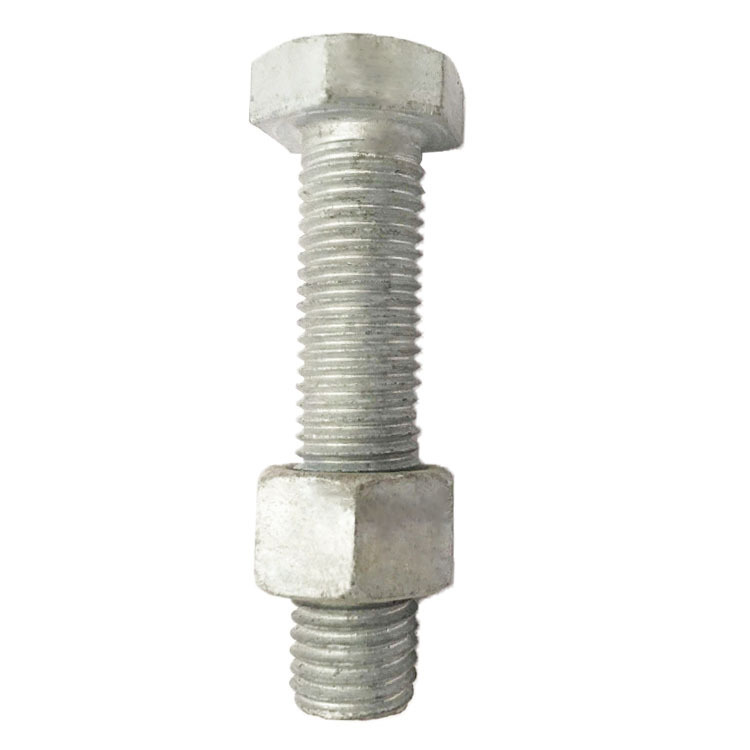

Exploring the Benefits of Stud Welding with Ceramic Ferrules for Enhanced Performance
Aug . 20, 2024 03:53 Back to list
Exploring the Benefits of Stud Welding with Ceramic Ferrules for Enhanced Performance
Stud Welding with Ceramic Ferrules An Overview
Stud welding is a versatile and efficient method of joining metal components, widely used in various industrial applications. Among the different techniques employed in stud welding, the use of ceramic ferrules has gained significant attention due to their unique advantages. This article explores the process of stud welding with ceramic ferrules, highlighting their benefits and applications in modern manufacturing.
Understanding Stud Welding
Stud welding is a process in which a metal stud is welded to a workpiece through a combination of heat and pressure. This technique is particularly popular for its ability to create strong, reliable bonds without requiring extensive pre-welding preparation. There are several methods of stud welding, including arc stud welding and capacitor discharge stud welding, each with its specific applications.
The Role of Ceramic Ferrules
Ceramic ferrules are used in the stud welding process to act as a protective barrier and to help control the weld quality. Positioned around the stud, these ferrules prevent spatter and provide a stable welding environment. The heat generated during the welding process melts both the stud and the base material, and the ceramic ferrule helps to shape the molten material into a well-defined weld pool. This results in a cleaner, more precise weld and minimizes the chances of defects.
Advantages of Using Ceramic Ferrules
1. Enhanced Weld Quality The main advantage of ceramic ferrules in stud welding is their ability to improve the quality of the weld. By containing the molten metal, ferrules help maintain the proper shape and size of the weld pool, leading to stronger bonds and reduced risk of contamination.
stud welding ceramic ferrule

2. Reduction of Spatter One of the common issues faced during welding is spatter, which can lead to a messy work environment and require additional cleaning efforts. Ceramic ferrules effectively minimize spatter by containing the molten material, resulting in a cleaner work area and reducing post-weld cleanup time.
3. Versatility Ceramic ferrules can be used on various materials, including steel, aluminum, and other alloys. This versatility makes them suitable for a wide range of applications, from automotive manufacturing to construction and beyond.
4. Cost-Effectiveness While there may be an initial cost associated with using ceramic ferrules, the long-term benefits often outweigh these expenses. Improved weld quality can lead to fewer rework needs and a reduction in material waste, ultimately saving manufacturers money in production costs.
5. Thermal Insulation Ceramic is a poor conductor of heat, which means that ceramic ferrules also aid in thermal insulation. This characteristic ensures that the heat generated during welding does not excessively affect surrounding components, protecting delicate parts from potential damage.
Applications in Industry
Stud welding with ceramic ferrules is employed across various industries. In the automotive sector, it is used to attach various components securely, contributing to the structural integrity and safety of vehicles. In construction, the method is utilized for joining metal decking to beams and columns, providing strong connections that are vital for building stability. Additionally, the aerospace industry benefits from stud welding for securing components in aircraft, where reliability and precision are of utmost importance.
Conclusion
In conclusion, stud welding with ceramic ferrules represents an innovative approach that enhances the welding process’s efficiency and quality. The benefits of using ceramic ferrules—improved weld quality, reduced spatter, versatility, cost-effectiveness, and thermal insulation—make them an excellent choice for many industrial applications. As industries continue to evolve, the adoption of advanced welding techniques such as this will play a crucial role in meeting the challenges of modern manufacturing.
Latest news
-
High-Strength Hot Dip Galvanized Bolts - Hebei Longze | Corrosion Resistance, Customization
NewsJul.30,2025
-
Hot Dip Galvanized Bolts-Hebei Longze|Corrosion Resistance&High Strength
NewsJul.30,2025
-
High-Strength Hot-Dip Galvanized Bolts-Hebei Longze|Corrosion Resistance&High Strength
NewsJul.30,2025
-
Hot Dip Galvanized Bolts-Hebei Longze|Corrosion Resistance&High Strength
NewsJul.30,2025
-
Hot Dip Galvanized Bolts - Hebei Longze | Corrosion Resistance, High Strength
NewsJul.30,2025
-
High-Strength Hot Dip Galvanized Bolts-Hebei Longze|Corrosion Resistance, Grade 8.8
NewsJul.30,2025

